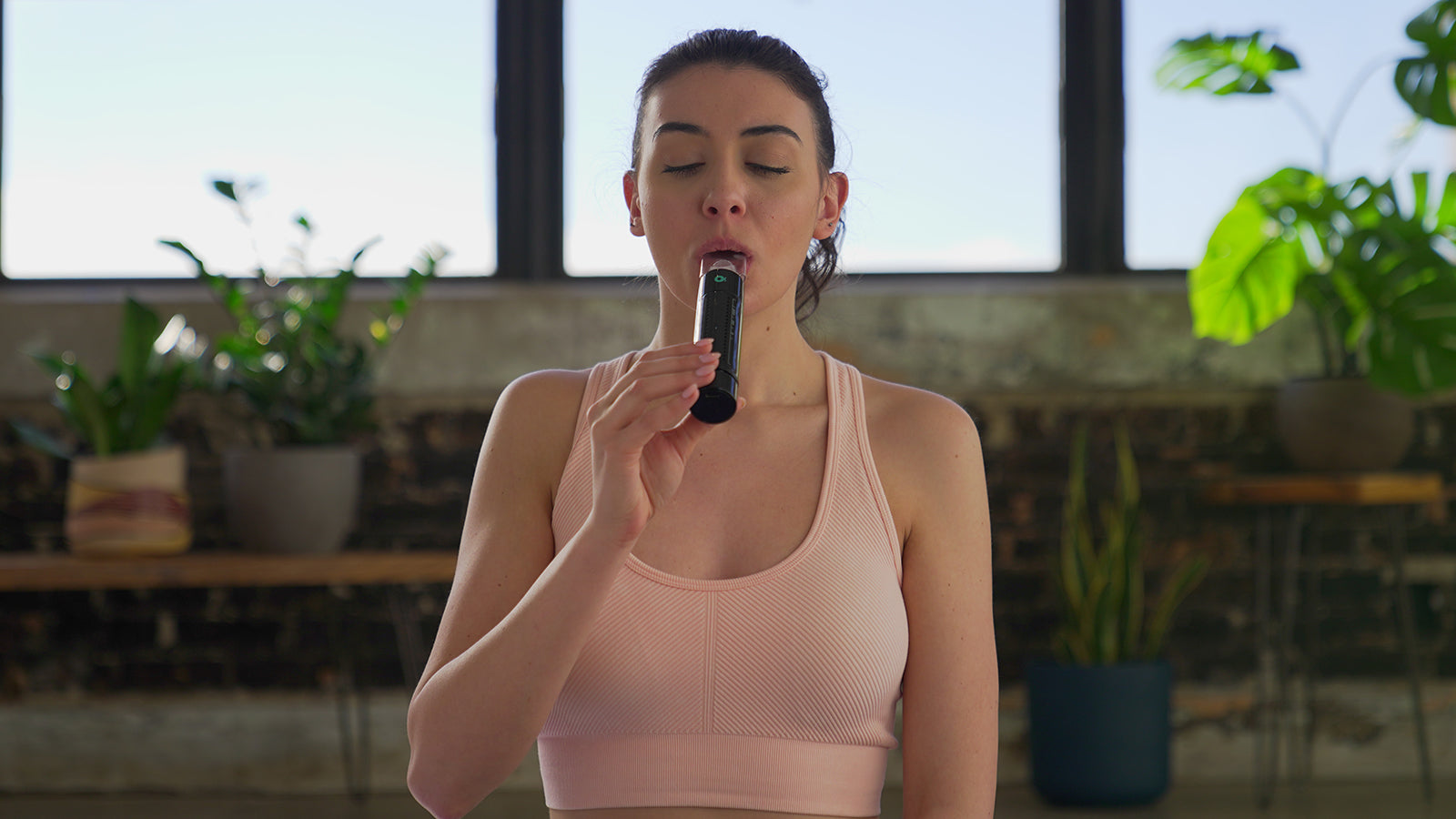Insomnia is a prevalent issue that impacts a majority of adults at various stages of their lives. It encompasses both chronic and temporary forms, both of which can have adverse effects on overall sleep duration, rejuvenating sleep, mood, and daytime drowsiness. Consequently, these challenges can disrupt sleep routines, leading to unwanted daytime napping, irregular sleep patterns, diminished productivity, and a sense of restlessness.
Over time, persistent insomnia may contribute to neurological and mental complications or give rise to suboptimal health symptoms. These may include anxiety, depression, heightened vigilance, irritability, autonomic dysfunction, and even a weakened immune system, all of which can impede daily functioning and diminish one's quality of life.
4 Breathing Techniques for Better Sleep
1. Pursed Lip Breathing
Pursed lip breathing is an incredibly effective technique that is both simple and easy to perform. Its purpose is to release trapped air from your lungs and reduce the number of breaths you take while extending the exhalation. Here's how you can practice it:Begin by relaxing your shoulders and adopting a comfortable posture. l Inhale normally for approximately two counts.l Now, purse your lips, as if you were preparing to whistle. This shape should resemble how your mouth appears when whistling.l Exhale slowly through your pursed lips, taking about four counts to complete the exhalation.l Repeat this process for several rounds.

2. Diaphragmatic Breathing
Diaphragmatic breathing, also known as belly or abdominal breathing, is a fundamental exercise that trains your body to utilize the diaphragm for respiration. The objective is to breathe through your nose and focus on the expansion of your belly as it fills with air. You can perform this exercise while sitting up or lying down, and it can be particularly beneficial before bed to help you relax. Here's how to do it: l Sit or lie down in a comfortable position with your shoulders relaxed.l Place one hand on your chest and the other on your belly.l Take a deep breath in through your nose, allowing your belly to rise slightly. Aim for approximately two seconds for the inhalation.l Feel the air expanding your stomach as you breathe in.l Exhale slowly through your lips.

3. Yoga Breathing - Alternate Nostril Breathing
This technique helps improve focus and concentration by engaging your mind in the present moment. l Begin by placing your right thumb over your right nostril.l Inhale deeply through your left nostril.l Use your right ring finger to cover your left nostril, and exhale through your right nostril.l Keep your ring finger on your left nostril and inhale through your right nostril.l Switch sides, placing your thumb over your right nostril, and exhale through your left nostril.l Continue alternating sides, inhaling through one nostril and exhaling through the other.

4. 4-7-8 Breathing
The beauty of the 4-7-8 technique lies in the fact that you have 8 counts to complete the exhalation. This compels you to slow down your breathing, which, in turn, decreases your heart rate and induces relaxation. Give it a try and experience the calming benefits for yourself. l Relax and prepare to fall asleep.l Exhale completely through your mouth.l Close your mouth and inhale quietly through your nose for a count of 4.l Hold your breath for a count of 7.l Exhale slowly through your mouth for a count of 8.l Repeat this cycle at least three times.l The extended exhalation and controlled breathing help slow down your heart rate and induce relaxation, making it easier to fall asleep.

Breathing Exercises Can Aid Relaxation
Use OPUMP help you to effectively complete the breathing training course, develop good breathing habits, and record your every breathing state. You can repeat these exercises as often as need until you find yourself feeling more relaxed.

These breathing exercises can help you relax, which can be especially helpful if you have difficulty falling asleep at night, or you wake and cannot return to sleep. Insomnia is often driven by underlying stress or anxiety, and these simple exercises can help to diffuse this tension. You may use them to help you transition to sleep or to alleviate stress during your day. All you need is a comfortable place to sit or lie down; then, just close your eyes and breathe.


